KONSTANTIN CHAYKIN
Blog
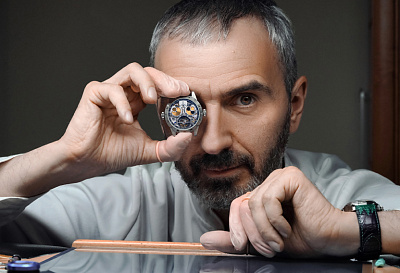
Russian watch manufacture Konstantin Chaykin celebrates its 20th anniversary
It was in this collection of 2023 that Chaykin created the most complicated wristwatch of his career, the Stargazer, featuring 17 complications and a movement consisting of 664 parts.
28 December 2023
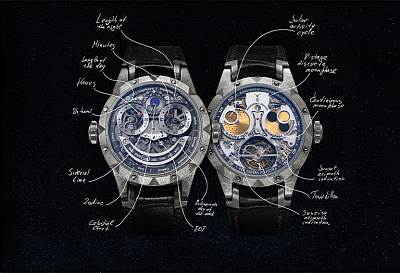
Independent Watchmaker Waxes Philosophical About Complicated Watches
When I was thinking about what kind of piece to create for Only Watch 2023, I decided that I'd try my hand at making a super-complicated watch.
9 October 2023

20 years ago. The first movement by Konstantin Chaykin
This year, the “Konstantin Chaykin” manufacture celebrates its 20th anniversary. Konstantin considers October 23, 2003 as the date of its inception – the day he started working on the first movement of his own design. It was a table clock with a tourbillon, the first tourbillon made in Russia in 175 years. “By this point...
27 January 2023
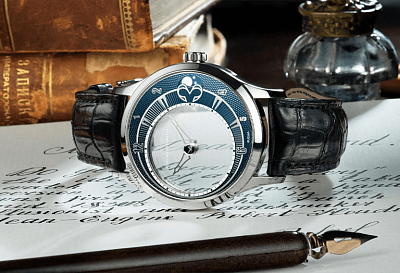
2012, a mysterious battle of a mystery watch
This is a story of the world’s first centerpiece “mystery” tourbillon and why this idea didn’t work out. The principle of creating “mystery” watch, invented by the French magician and watchmaker Jean-Eugène Robert-Houdin, has been known since the XIX century. Until recently, it’s only implementation was a transparent dial with one or two time-indicating hands.
28 December 2022
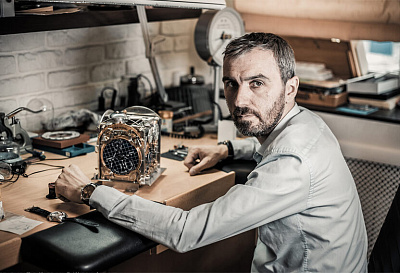
The Great 7: the most famous inventions of Russian watchmaker Konstantin Chaykin.
Konstantin Chaykin is a world-famous Russian watchmaker and inventor. He has more than 90 patents for various watch movements and complications. This is the highest number of patents per watchmaker in the world. We are talking about the most significant of them, those which had a major impact on the development of the Konstantin Chaykin...
19 July 2022

Konstantin Chaykin’s wristmons: 5 years of colorful emotions
This year Konstantin Chaykin celebrates the 5th anniversary of the Wristmons collection and particularly of the Joker watch he invented. He came up with the idea of this timepiece, a kinetic art object with an anthropomorphic face-like dial, in late 2016. In the spring of 2017, the watch was presented at the BaselWorld exhibition in...
1 June 2022

Энциклопедия ристмонов: полная насколько это возможно, и с множеством улыбающихся циферблатов
В 2022 году Константин Чайкин отметил первую круглую годовщину изобретённых им часов «Джокер»
1 June 2022
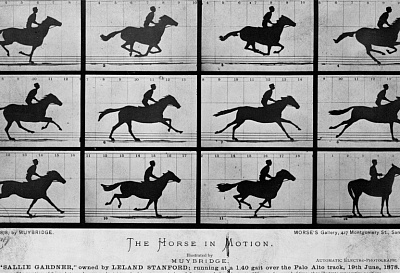
The Cinema: The Movie Magic
10 years ago (in April 2012), Konstantin Chaykin came up with an idea that resulted in the creation of the Cinema watch. Looking for a new idea. On the first 10th anniversary, we’re talking about how a certain idea evolved into a one-of-a-kind timepiece representing all the movies we watch on our TVs and other...
23 May 2022
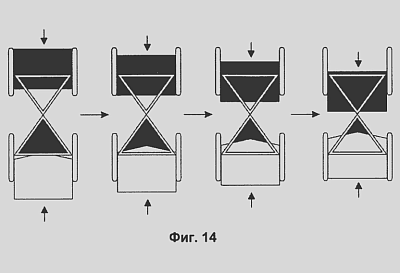
Carpe Diem? Seize the day!
Konstantin Chaykin talks about the Carpe Diem watch and the ability to get positive emotions from life.
8 April 2021
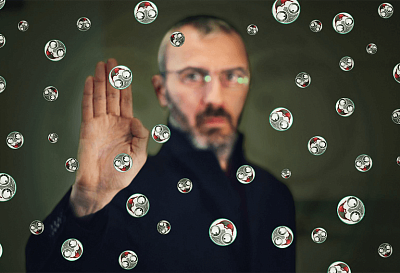
NFT, or haute horlogerie as a non-fungible token
Are modern digital technologies adding to the art world? Alexey Kutkovy discusses the blockchain factor in the field of modern art, as well as in haute horlogerie.
5 April 2021